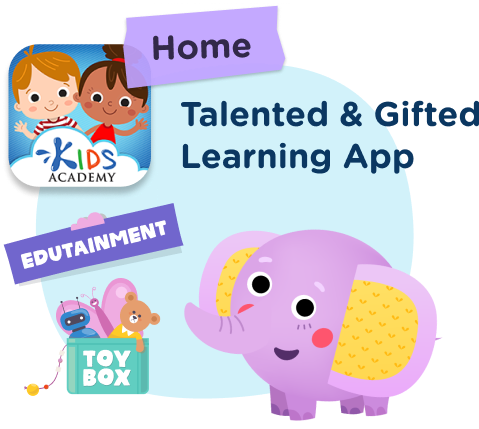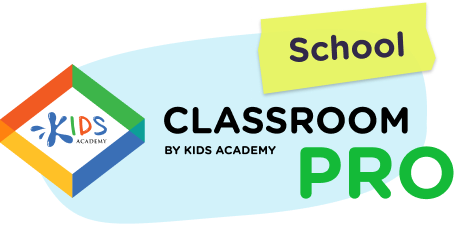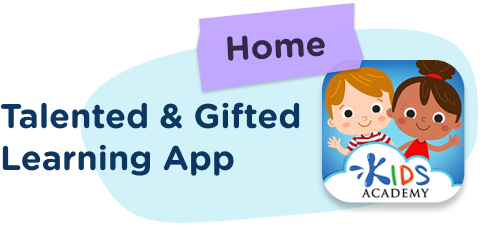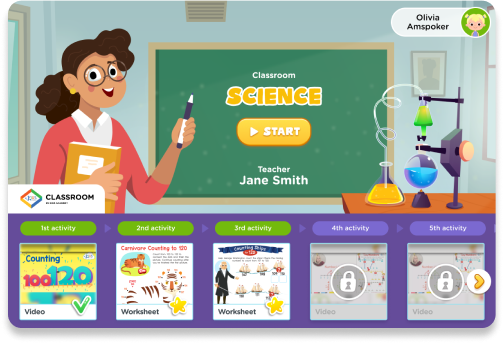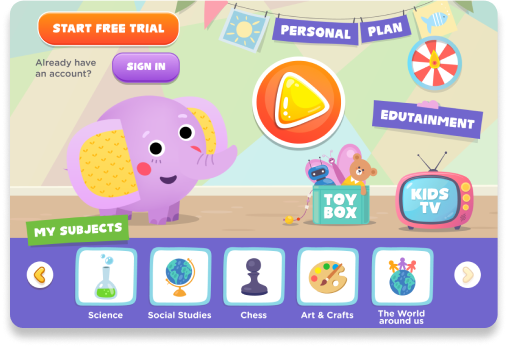Geographic Understanding Normal Worksheets for Ages 3-8
3 filtered results
-
From - To
Discover our engaging Geographic Understanding Normal Worksheets tailored for children ages 3-8. These printable resources help young learners explore essential geographic concepts in a fun and interactive way. Our worksheets feature activities designed to enhance spatial awareness, map skills, and environmental understanding, all while developing critical thinking and problem-solving abilities. Ideal for early grade teachers and parents alike, these activities support early childhood education and make learning about the world exciting. Help your child build a solid foundation in geography, making it a delightful part of their learning journey. Start exploring today with our vibrant and educational worksheets!
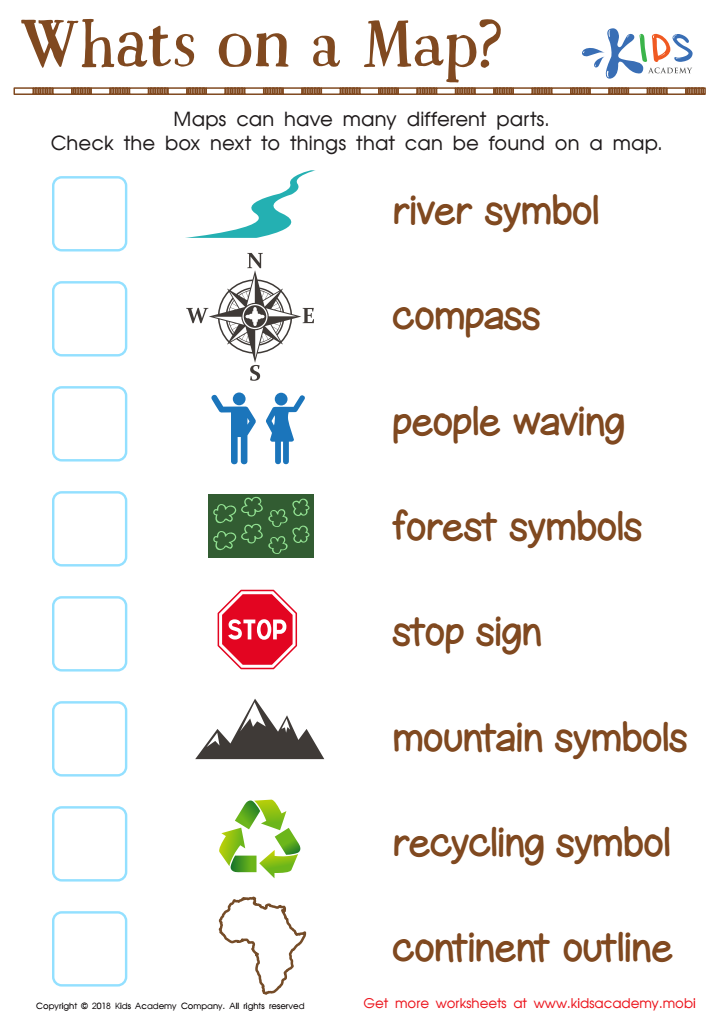

Whats on a Map? Worksheet
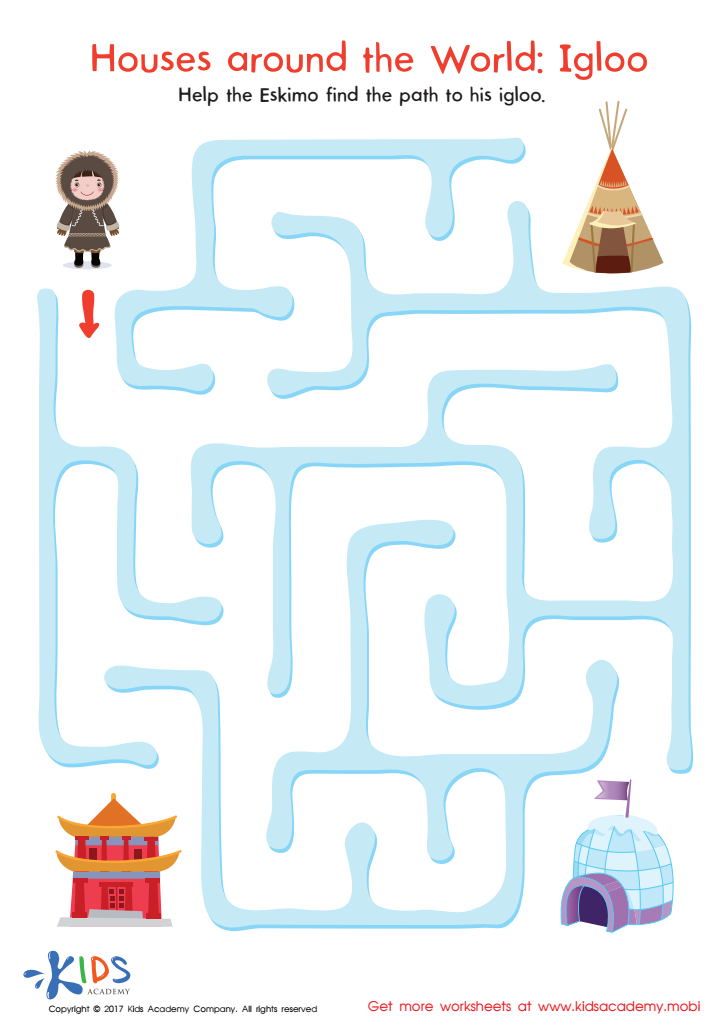

Houses Around the World: Igloo Printable
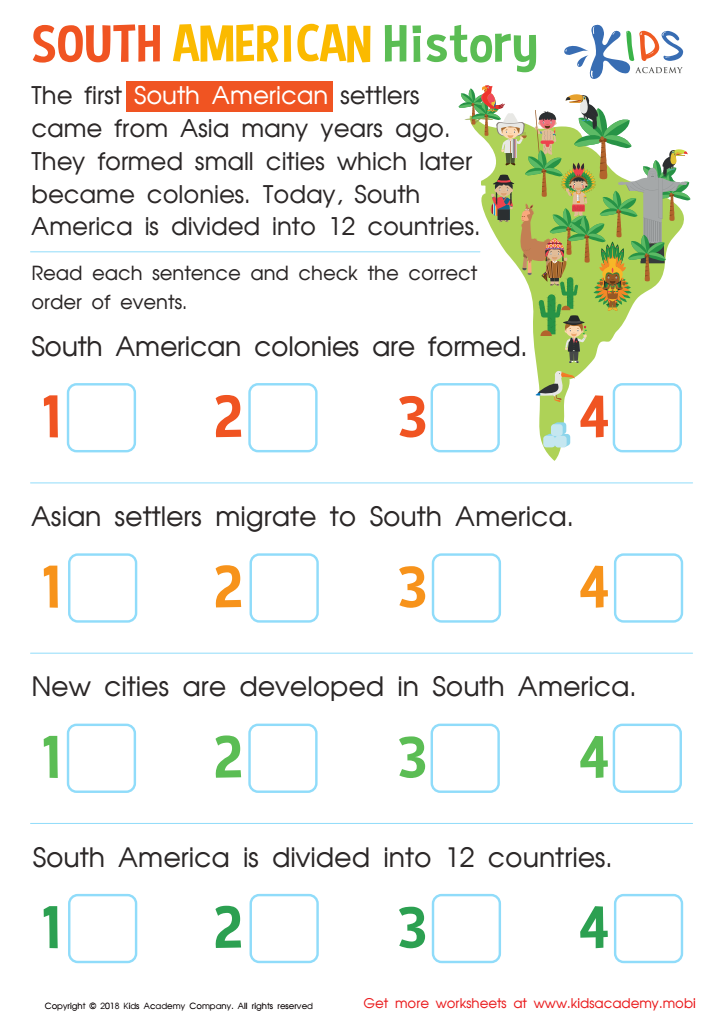

South American History Worksheet
Geographic Understanding is vital for children aged 3-8 as it lays the foundation for their awareness of the world around them. At this age, children are naturally curious about their environment, making it an ideal time to introduce them to basic geographic concepts like location, space, and cultural diversity. Understanding geographic principles helps young learners develop critical thinking skills, enabling them to identify connections between people, places, and events.
Parents and teachers should care about fostering Geographic Understanding because it nurtures essential skills such as observation, categorization, and communication. When children learn about maps, landscapes, and different cultures, they begin to appreciate the world’s diversity and complexity, promoting empathy and tolerance. Furthermore, geographic knowledge encourages problem-solving, as young minds start to think about global issues, such as climate change and community planning.
Incorporating geographic learning into early education enriches a child’s academic experience, linking subjects like science, math, and history, and ultimately preparing them for a more interconnected world. Engaging children in geography also sparks their imaginations, allowing them to dream about traveling and exploring new places, which is crucial for their overall social and cognitive development. Hence, parents and teachers play a pivotal role in making geography an engaging part of early childhood learning.
 Assign to My Students
Assign to My Students






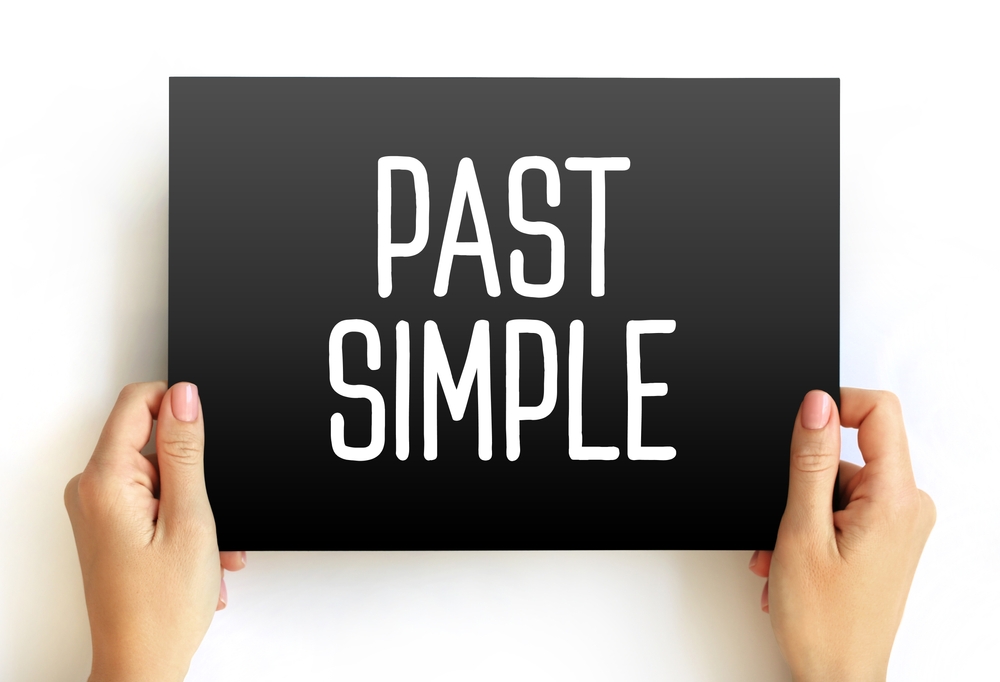
.jpg)







